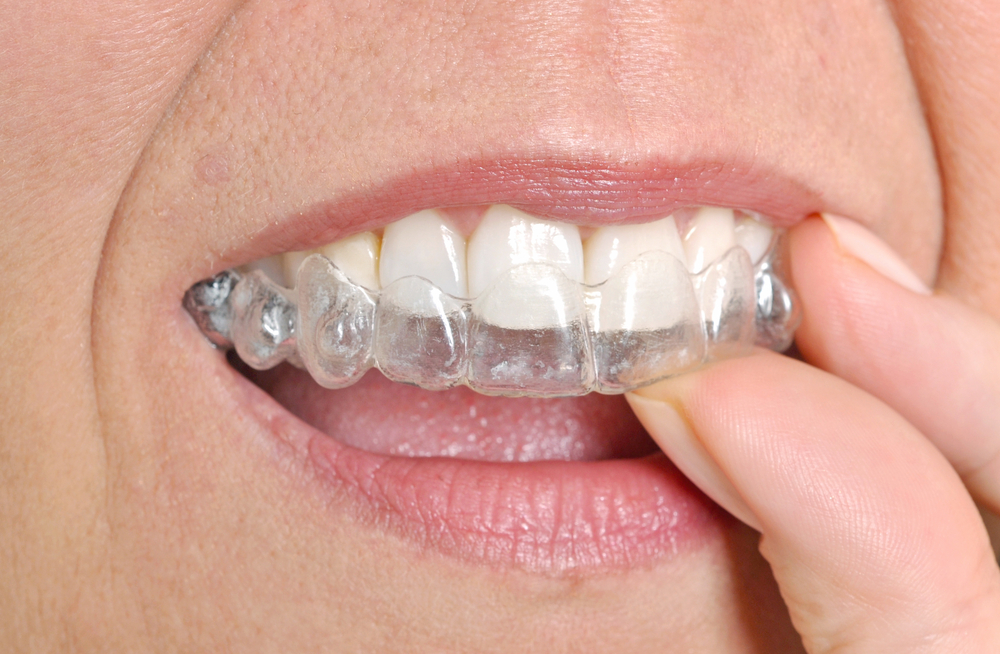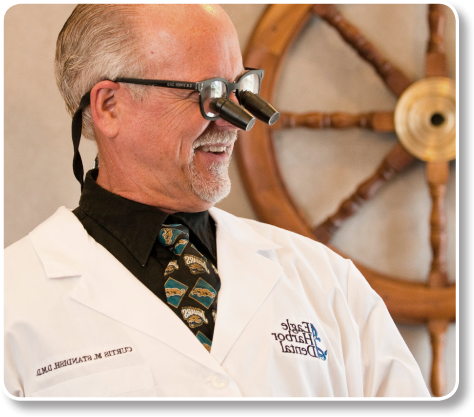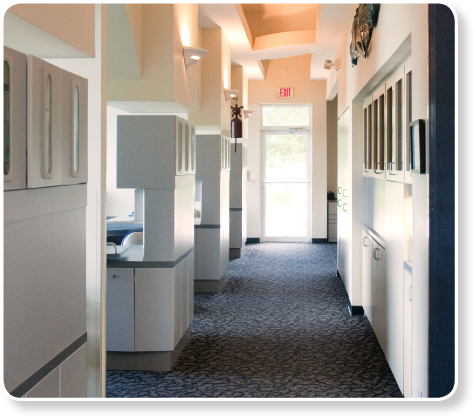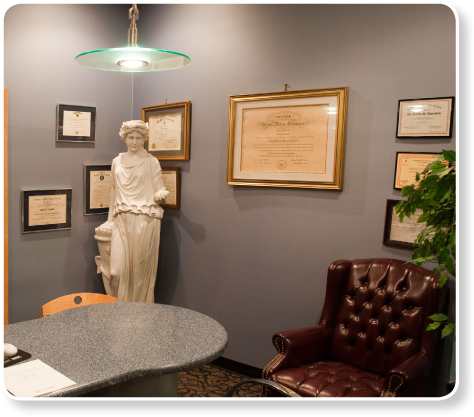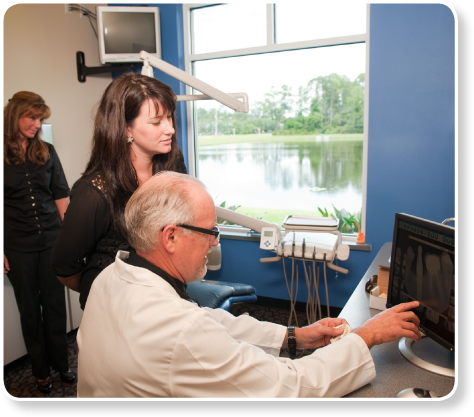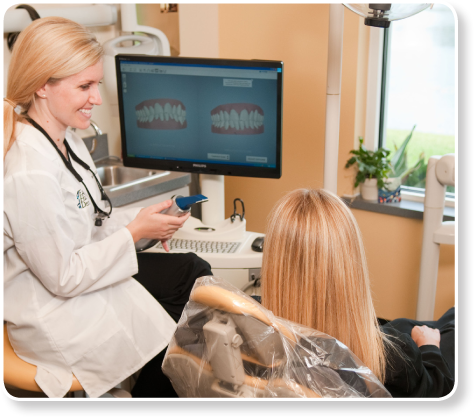The Pros and Cons of Invisalign
Jun 23, 2022
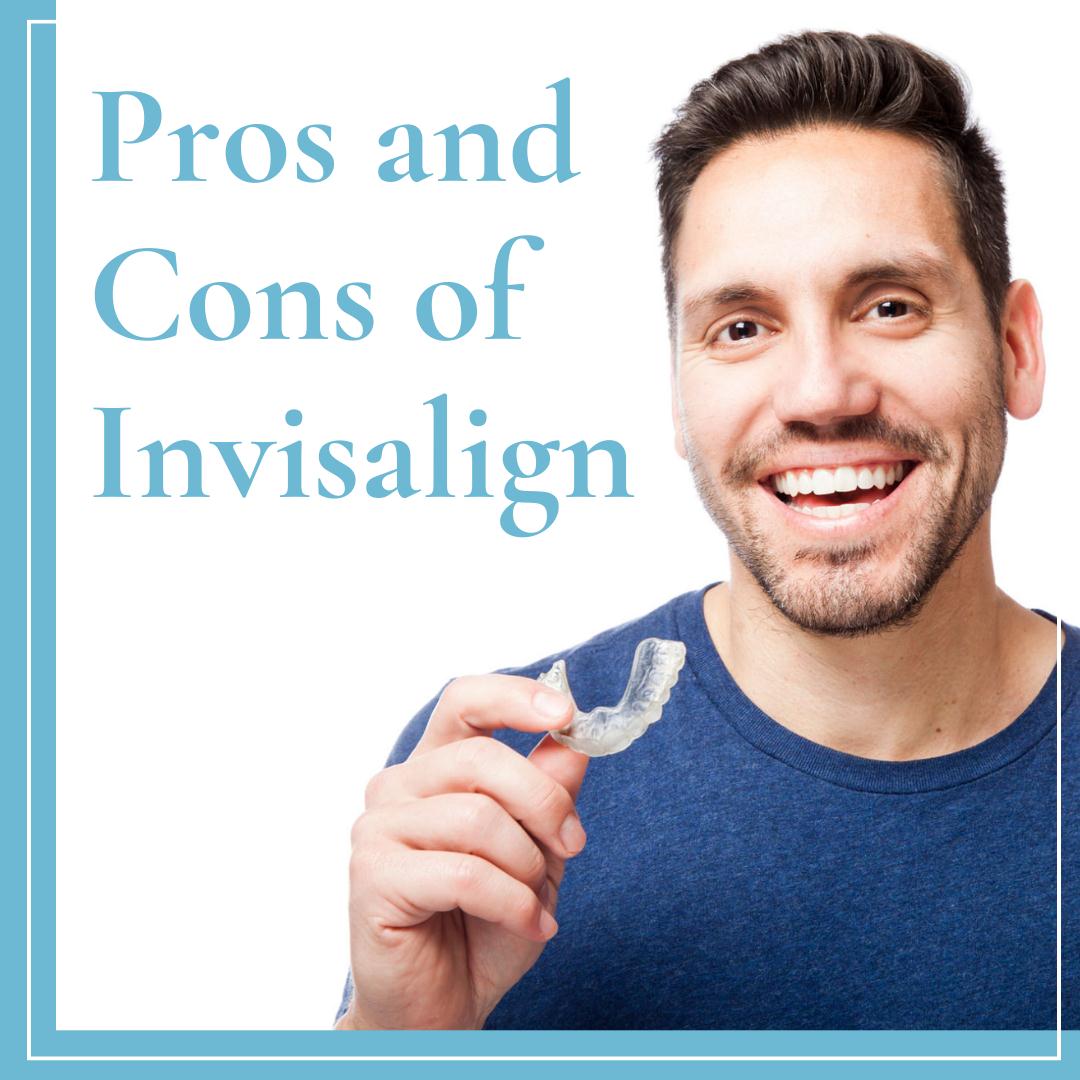
Invisalign is a popular brand of clear orthodontic tooth aligner. While Invisalign’s purpose is the same as braces – to straighten your teeth – it’s meant to be a lot more inconspicuous. It’s for this reason that many adults opt for Invisalign. But before you make the decision, it’s important to know all of the pros and cons.
The Pros of Invisalign
There are a lot of benefits to choosing Invisalign. To start, they’re clear, so it’s not as obvious you’re wearing any kind of aligner at all. On top of that, it’s possible to remove it, unlike braces.
Pro #1
Invisalign Looks Good
The aesthetics are one of the major pros of choosing Invisalign. The aligner does exactly as its name implies: invisibly aligns your teeth. This quality makes Invisalign a popular option because it’s a lot easier to conceal. The wires and bands of braces don’t look that great, even if you can choose your own color bands.
Pro #2
Invisalign Can Be Removed
Another advantage of Invisalign is that it’s removable. This means that you don’t have to worry about damaging or staining the aligner with food and drink. It’s important to make sure you’re wearing it most of the time, though, or it won’t straighten your teeth as it should.
Pro #3
You Can Eat Anything
With braces, you’re limited in what you can eat. This is because certain foods can damage the braces or could get stuck on the wires. With Invisalign, you remove the aligner when you eat, which means there aren’t any limitations on what you can and cannot eat.
Pro #4
Cleaning Your Teeth Is Easier
If you have braces, it can be difficult to keep your teeth perfectly clean because you’re trying to brush around wires and bands. With Invisalign, you can remove them for brushing so that you can more easily reach all parts of your teeth. This will also help you to reduce the risk of gum disease.
Pro #5
Maintenance Is Minimal
With Invisalign, the maintenance is pretty minimal. You’ll need to clean them every other day with a toothbrush that’s been dipped in a mixture of bleach and water. You won’t have to go to the orthodontist to get completely new wires.
Pro #6
Invisalign Is More Comfortable
While there will be some soreness with Invisalign as your teeth move, the lack of metal wires and brackets makes Invisalign a lot more comfortable. You won’t have metal that can poke or cut the inside of your mouth.
The Cons of Invisalign
Invisalign isn’t without its disadvantages, however. Some of the advantages can have their downsides, as well. For example, being able to remove the aligner can be a plus, but if you don’t wear the aligner often enough, it won’t be able to do its job.
Con #1
Invisalign Requires More Discipline
Because it’s removable, it’s important for someone using Invisalign to make sure to wear the aligner. You have to wear the aligner for at least 20 to 22 hours a day for it to be effective. With braces, you have no choice but to wear them because they’re cemented to your teeth. Invisalign requires more discipline.
Con #2
Invisalign Has to Be Removed
While Invisalign’s removability is also an advantage, it can be a disadvantage because there are times when the aligner has to be removed. If you don’t remove it before you eat, you could damage or stain the aligner. If you forget to take it out while eating, then you might also damage your teeth because bacteria can start to grow underneath the aligner.
Con #3
Invisalign Isn’t Effective with Complex Problems
If your teeth just need to be straightened a little bit, then Invisalign could work perfectly well for you. However, if your teeth have a more complicated situation or need a lot of correction, then Invisalign might not be up to the task of straightening your teeth.
Con #4
Invisalign Is Expensive
Another downside of Invisalign is that it’s expensive. In many cases, it’s actually more expensive than traditional braces are. Plus, braces are usually covered by your dental insurance while Invisalign usually isn’t, meaning that you’ll most likely have to pay up to $8,000 out of pocket.
Is Invisalign Right for You?
Invisalign works well for a lot of people. Others prefer braces instead. Which one works best for you depends on your lifestyle, how much discipline you have to make sure that you would actually wear the aligner as often as you needed to, and the amount of work that needs to be done on your teeth. The most important thing that you can do to make the best decision is to talk to your dentist.
Ask Your Dentist About Invisalign
Before making any decisions about how to straighten your teeth, talk to your dentist first. Your dentist should be able to help you determine what is best for your teeth and your lifestyle. If you have concerns about either Invisalign or braces, your dentist should be able to answer your questions.
For informational purposes only.

